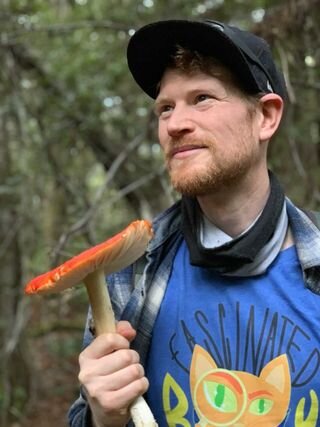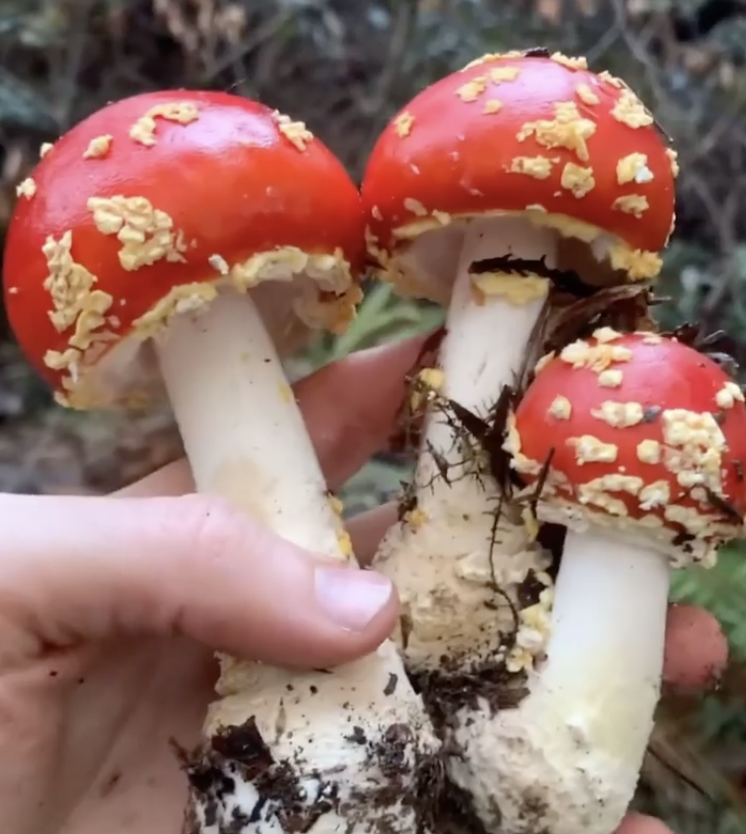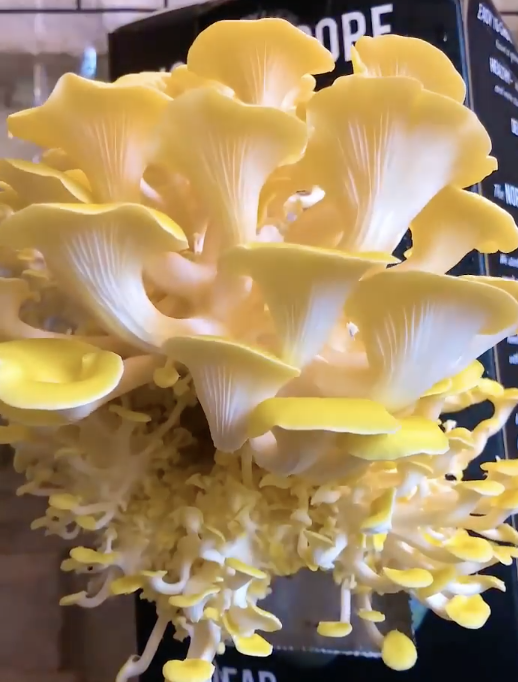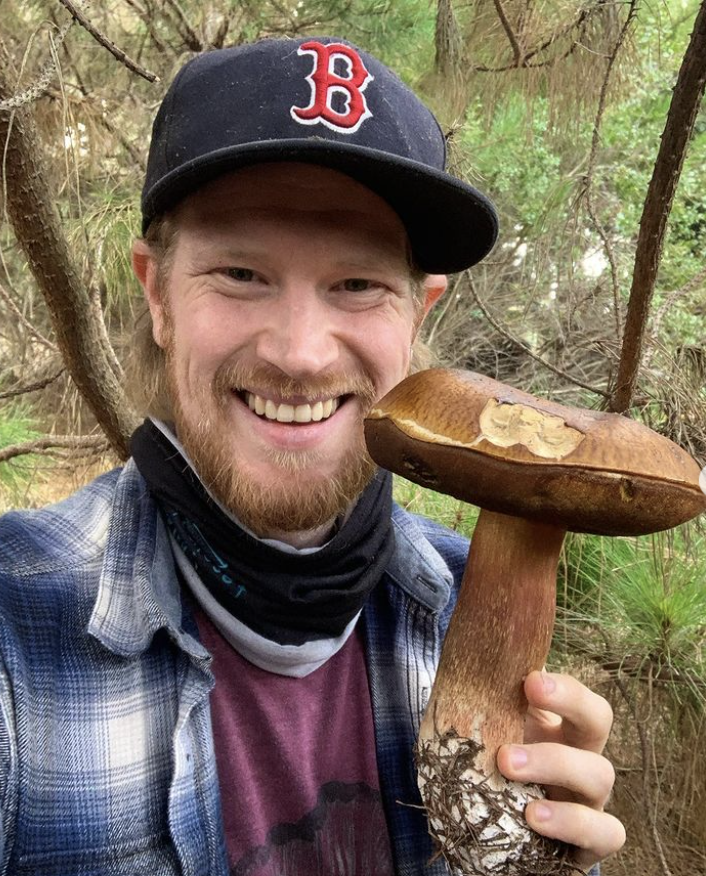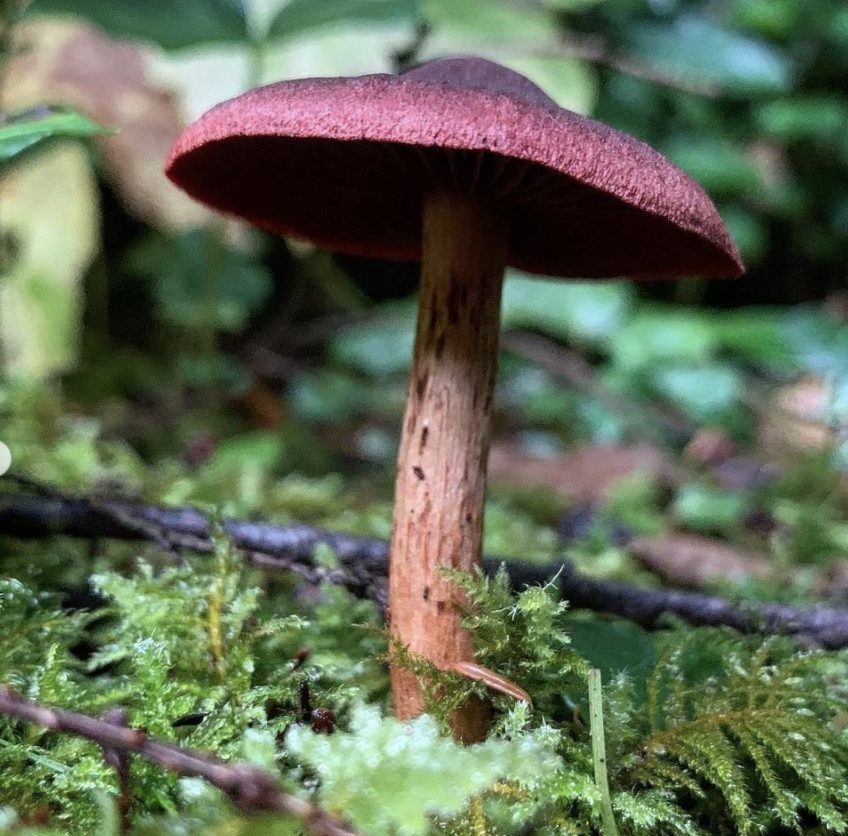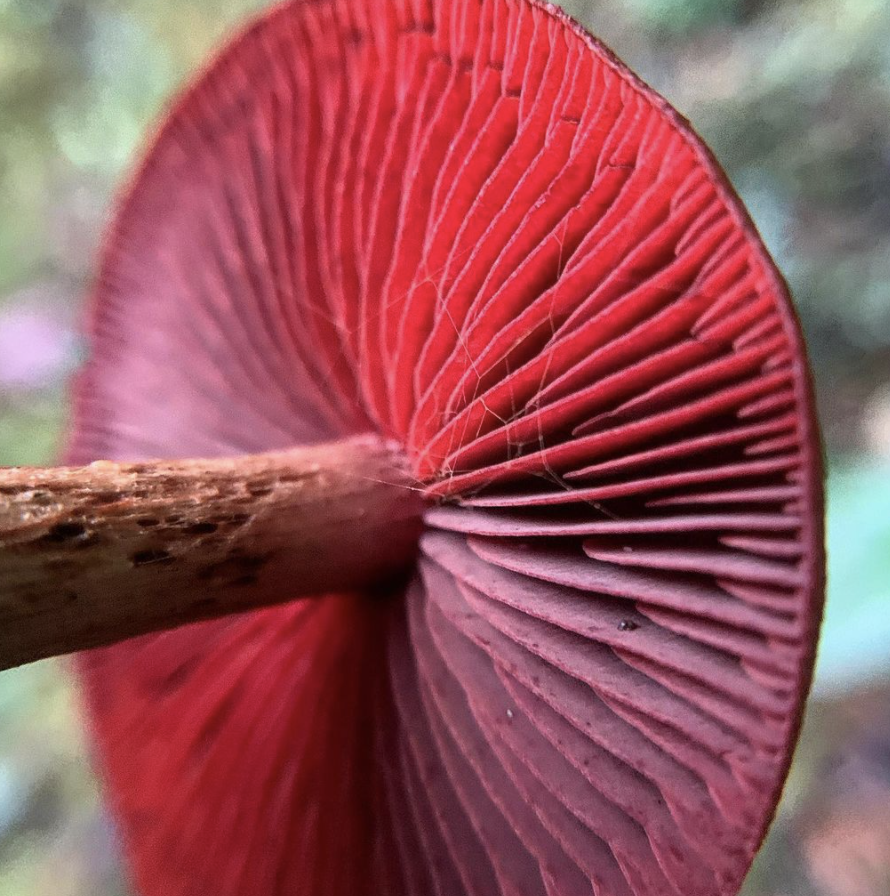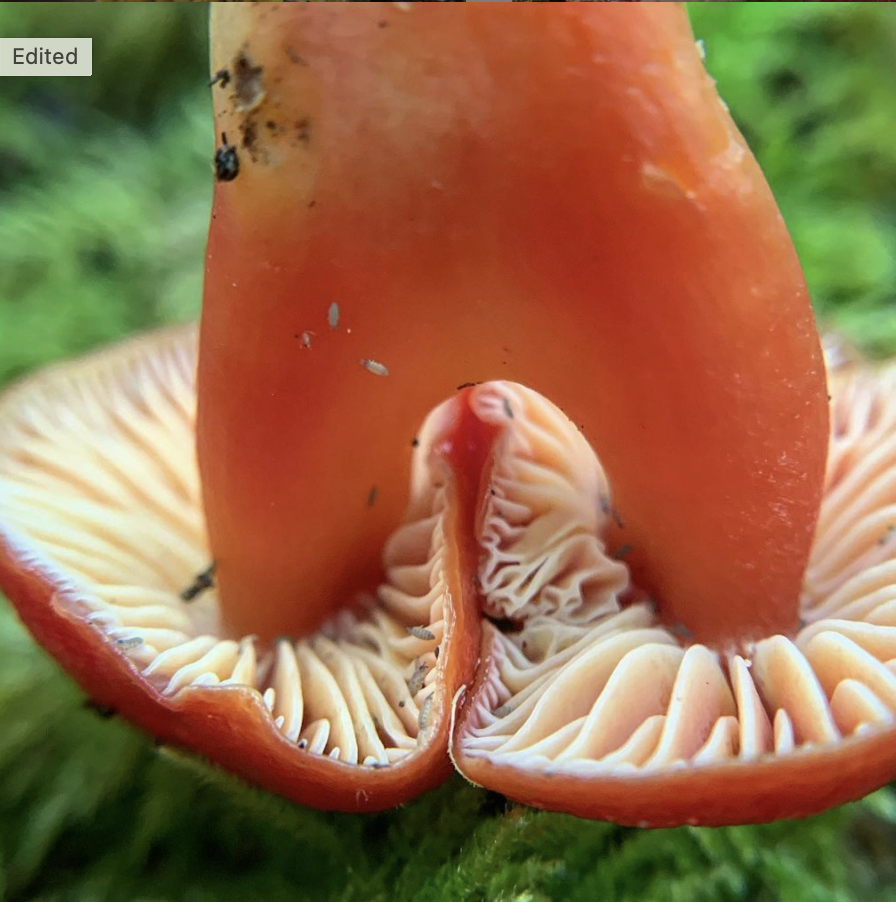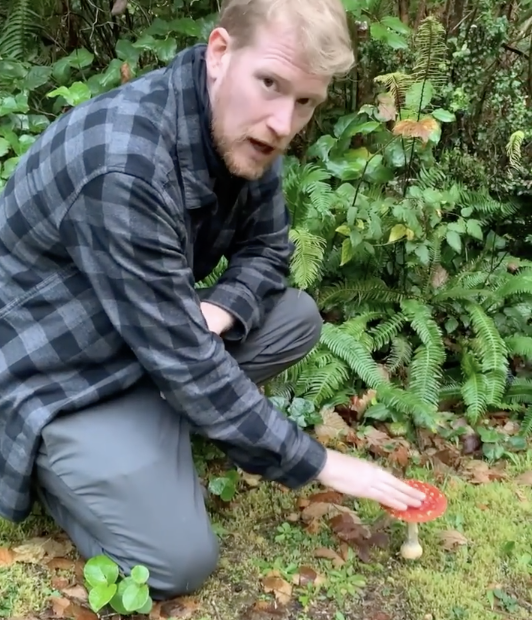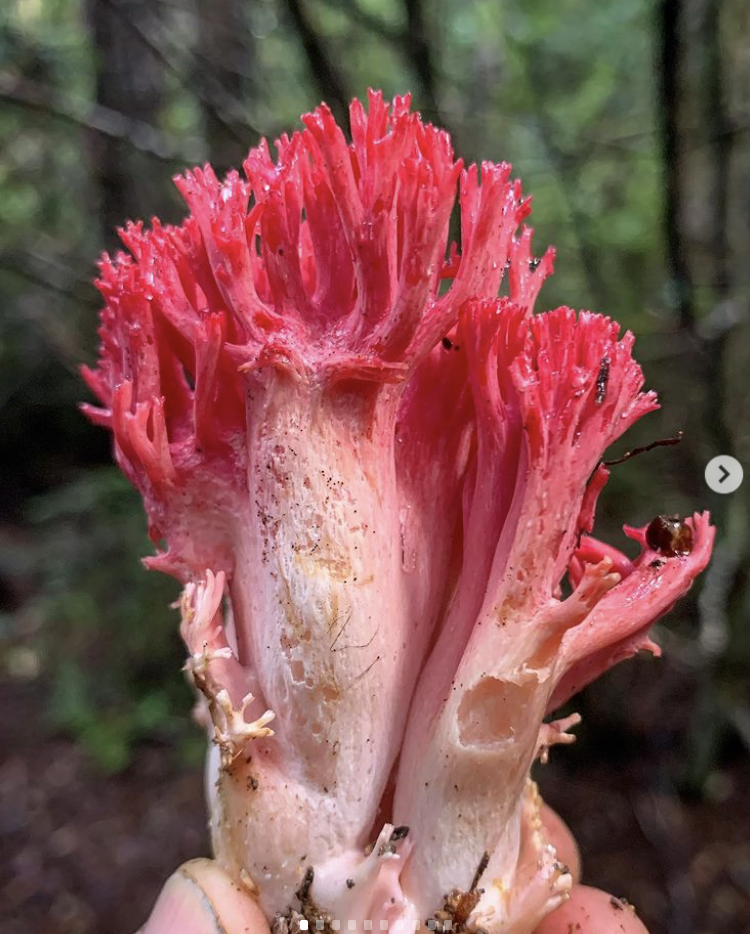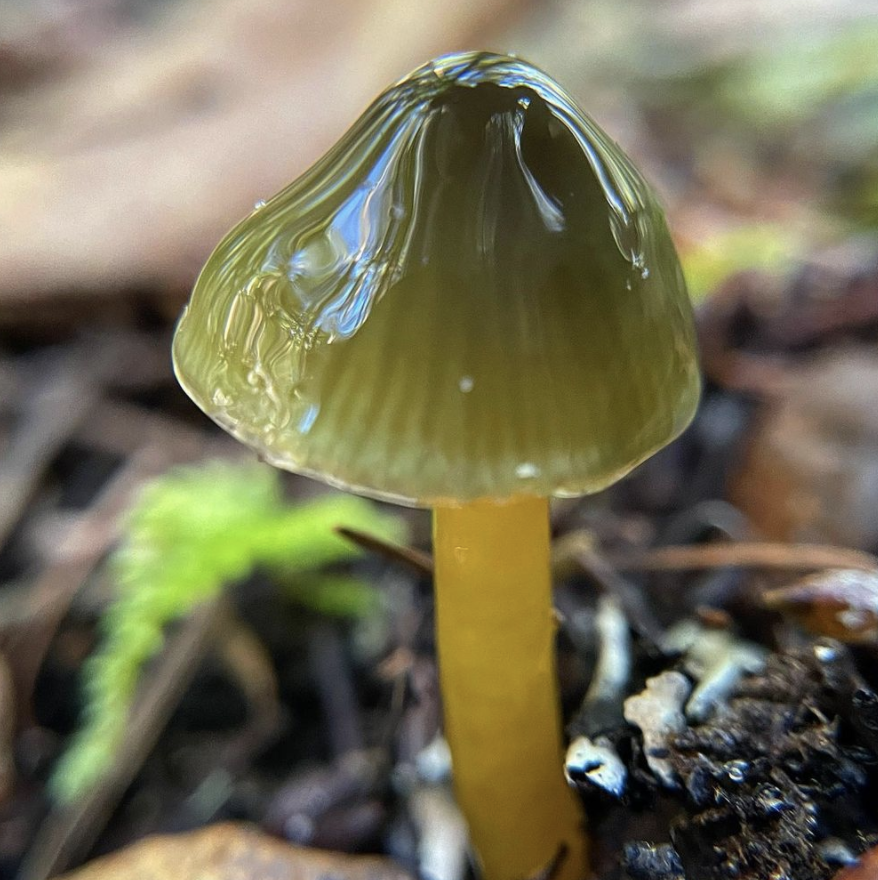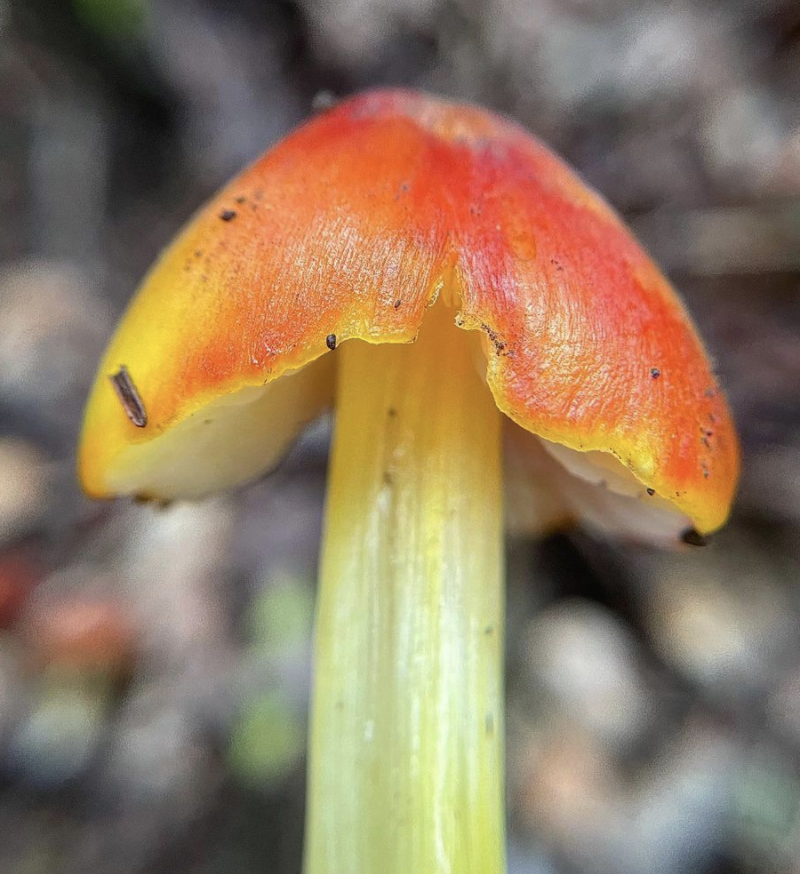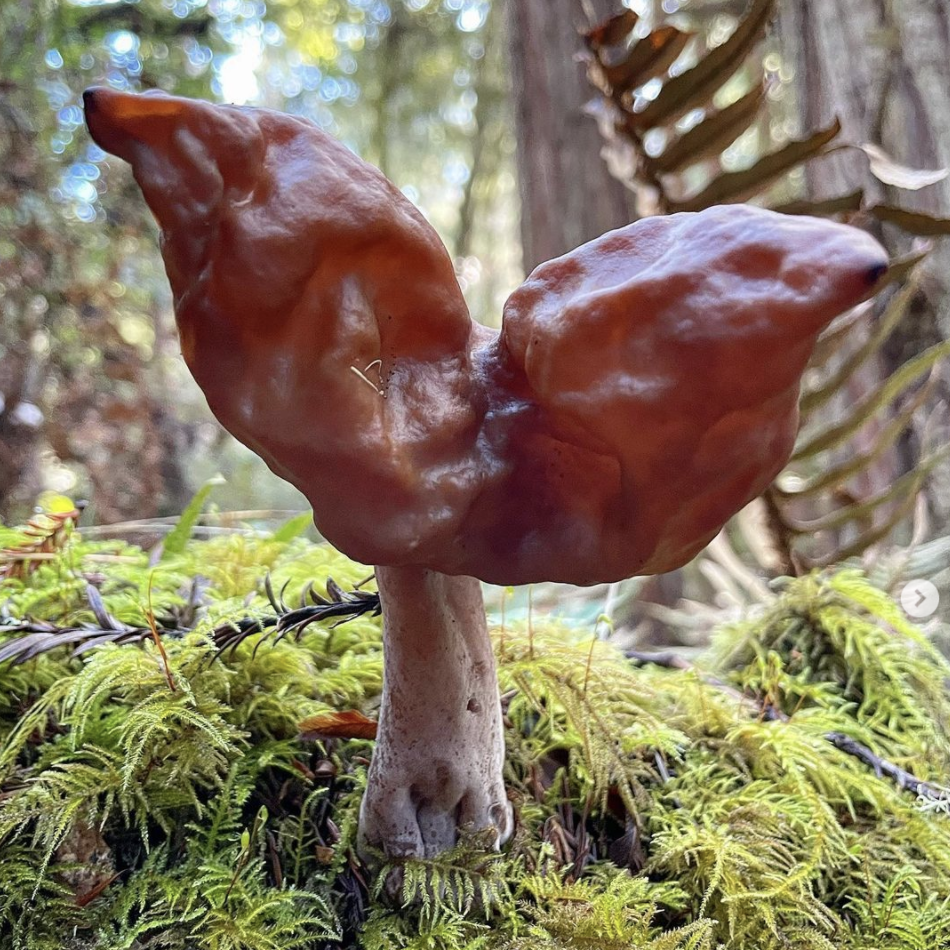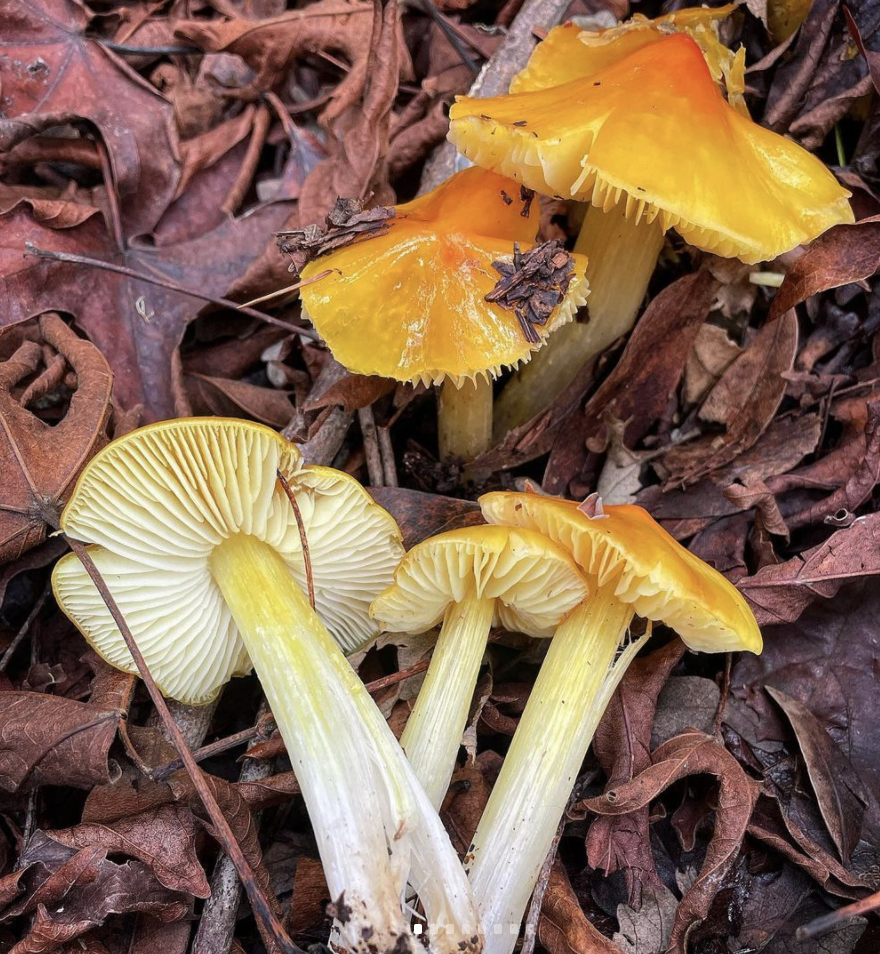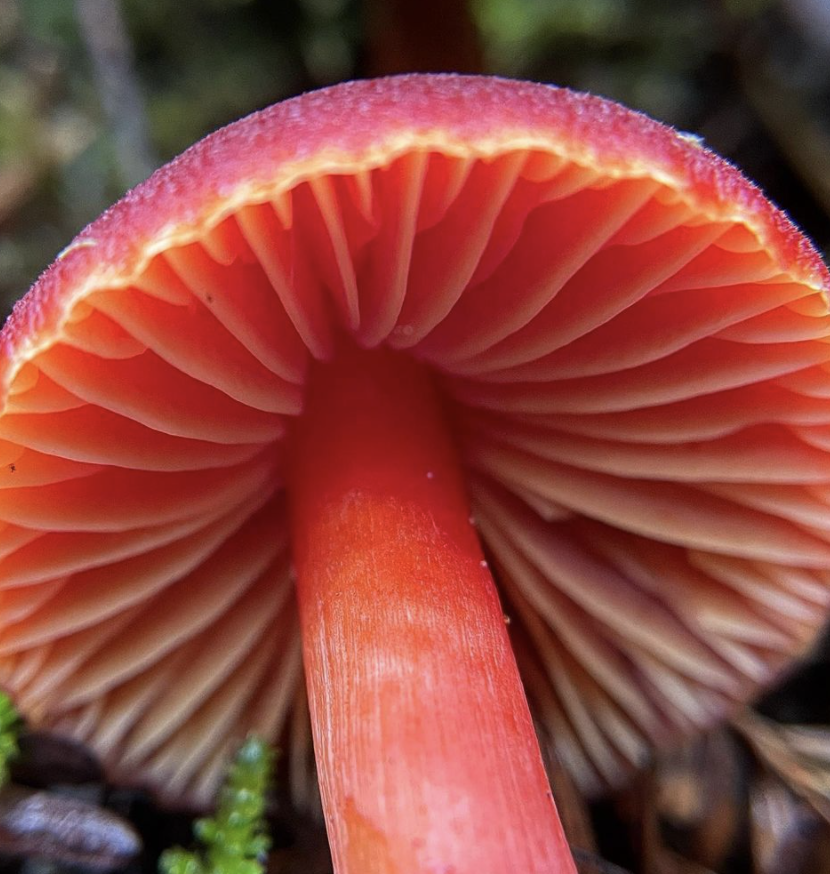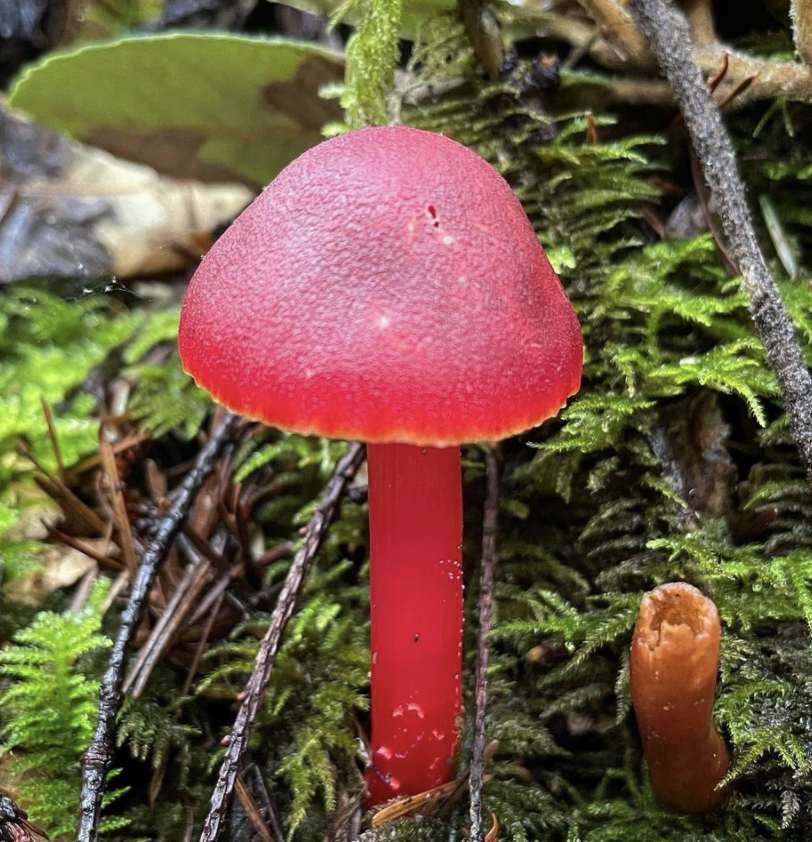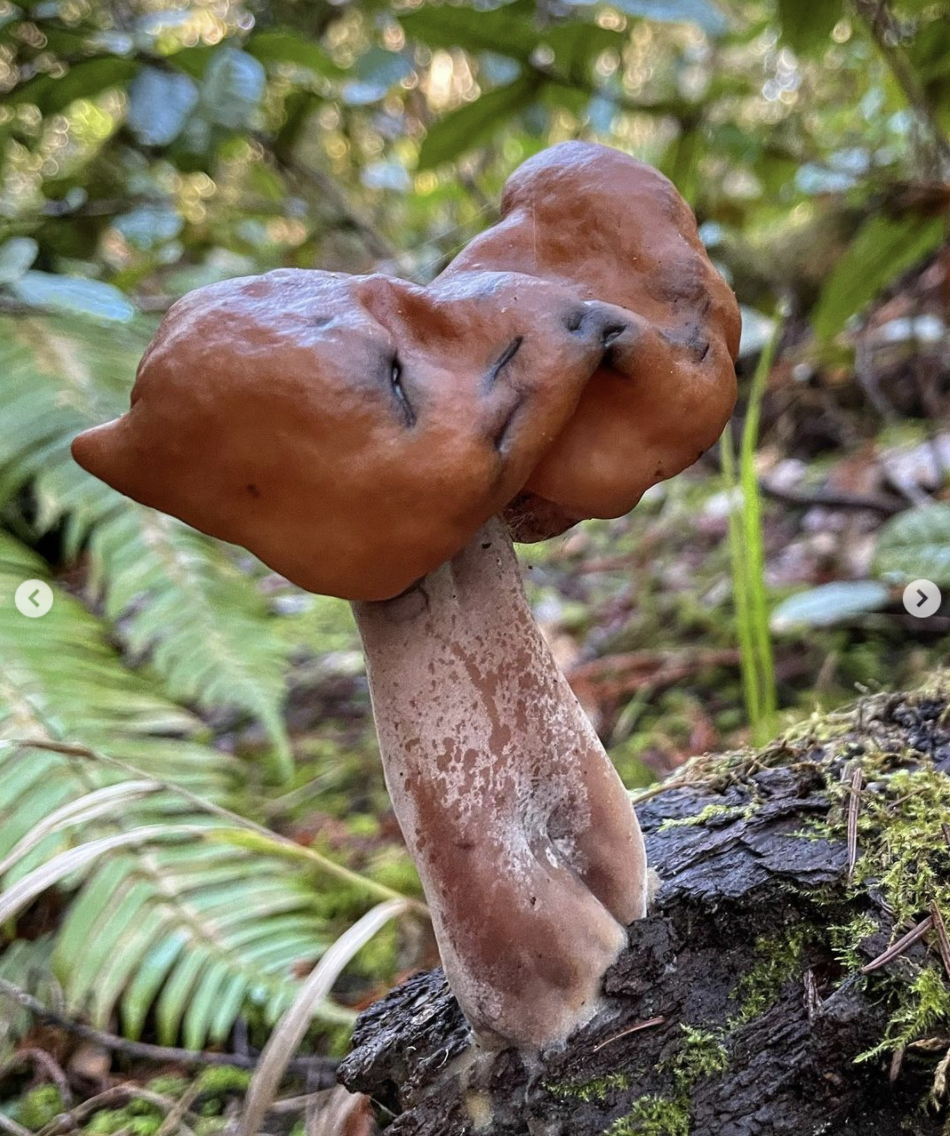EPISODE #022
The Fascinating World of Fungi, Mycelium, mushrooms & YEAST
Dr. Gordon Walker
In this Episode of Among the Jungle Podcast we join in the journey of Dr. Gordon Walker as he takes us from California to New Zealand and back, on a magical journey of fungi, mycelium and yeast and its potent potential to revolutionize the world of wine and beer as well as reestablish a healthy ecosystem across the planet. If you love beer, wine, food or even living on this planet- you can thank the fungi kingdom.
Today we will learn:
1) The expansive world of fungi + how you can get started foraging
2) How essential fungi & yeast are in the regeneration of our planet
3) The important role of the forager in helping to fight invasive species
If you're ready, its time to inspire your wild!
“Everything is connected, and in the forest it REALLY IS tangibly connected through mycelium, which is just so cool.”
🍄 Meet Our Guest 🍄
GORDON WALKER 🍄
Dr. Walker has a PhD in Biochemistry and Molecular Biology from UC Davis. His graduate research focused on wine microbiology, yeast physiology, and the microbial ecology of fermentation. A full list of his publications can be found on his Research Gate Profile.
After receiving his doctorate in 2016, Dr. Walker worked at Opus One Winery for two harvests, isolating wild yeast for wine production and establishing redox potential as process parameter for the wine industry. He continues to work along side the wine industry as a post-doctorate scholar at UC Davis. He is active in the world of Bay Area biotechnology and innovation. You can connect professionally with Dr. Walker via his LinkedIn Profile.
Dr. Walker also consults on a variety of wine, microbiology, and fermentation related projects, more information is available on GordonWalkerConsulting.com
Beyond his obsession with fungi, Dr. Walker enjoys keeping succulents, gardening, cooking for friends, and spending quality time with his cat.
Continue the Journey
Subscribe now
Episode Notes
🍄Locations mentions
🍄Botanical jargon
Mycelium- is the vegetative part of a fungus or fungus-like bacterial colony, consisting of a mass of branching, thread-like hyphae. The mass of hyphae is sometimes called shiro, especially within the fairy ring fungi. Fungal colonies composed of mycelium are found in and on soil and many other substrates.
Fungi- is any member of the group of eukaryotic organisms that includes microorganisms such as yeasts and molds, as well as the more familiar mushrooms. These organisms are classified as a kingdom, which is separate from the other eukaryotic life kingdoms of plants and animals.
Mycologist- is someone who works with fungi, which are living organisms such as molds, yeast, and mushrooms. My research focuses on the diversity and evolution of mushroom-forming fungi.
Yeast- single-celled microorganisms classified as members of the fungus kingdom. The first yeast originated hundreds of millions of years ago, and at least 1,500 species are currently recognized.
Spore- is a unit of sexual or asexual reproduction that may be adapted for dispersal and for survival, often for extended periods of time, in unfavorable conditions. Spores form part of the life cycles of many plants, algae, fungi and protozoa.
Mushrooms- is the fleshy, spore-bearing fruiting body of a fungus, typically produced above ground, on soil, or on its food source.
Spore Print- is the powdery deposit obtained by allowing spores of a fungal fruit body to fall onto a surface underneath. It is an important diagnostic character in most handbooks for identifying mushrooms. It shows the color of the mushroom spores if viewed en masse.
DNA Sequencing- is the process of determining the nucleic acid sequence – the order of nucleotides in DNA. It includes any method or technology that is used to determine the order of the four bases: adenine, guanine, cytosine, and thymine. Gene sequencing.
Anabolic or Anabolism- Photosynthetic carbohydrate synthesis in plants and certain bacteria is an anabolic process that produces glucose, cellulose, starch, lipids, and proteins from CO2. It uses the energy produced from the light-driven reactions of photosynthesis, and creates the precursors to these large molecules via carbon assimilation in the photosynthetic carbon reduction cycle.
🍄MUSHROOMS mentioned
🍄THINGS TO KEEP IN MIND WHEN GETTING STARTED
Always ensure you can verify a mushroom before you eat it
Ensure it fits the description of habitat, time of year, spores, etc.
Verify with someone else or a group online or book or App: iNaturalist
Touch and interact, take photos, take one home.
BUT if you don’t know they are edible don’t take a bunch home
